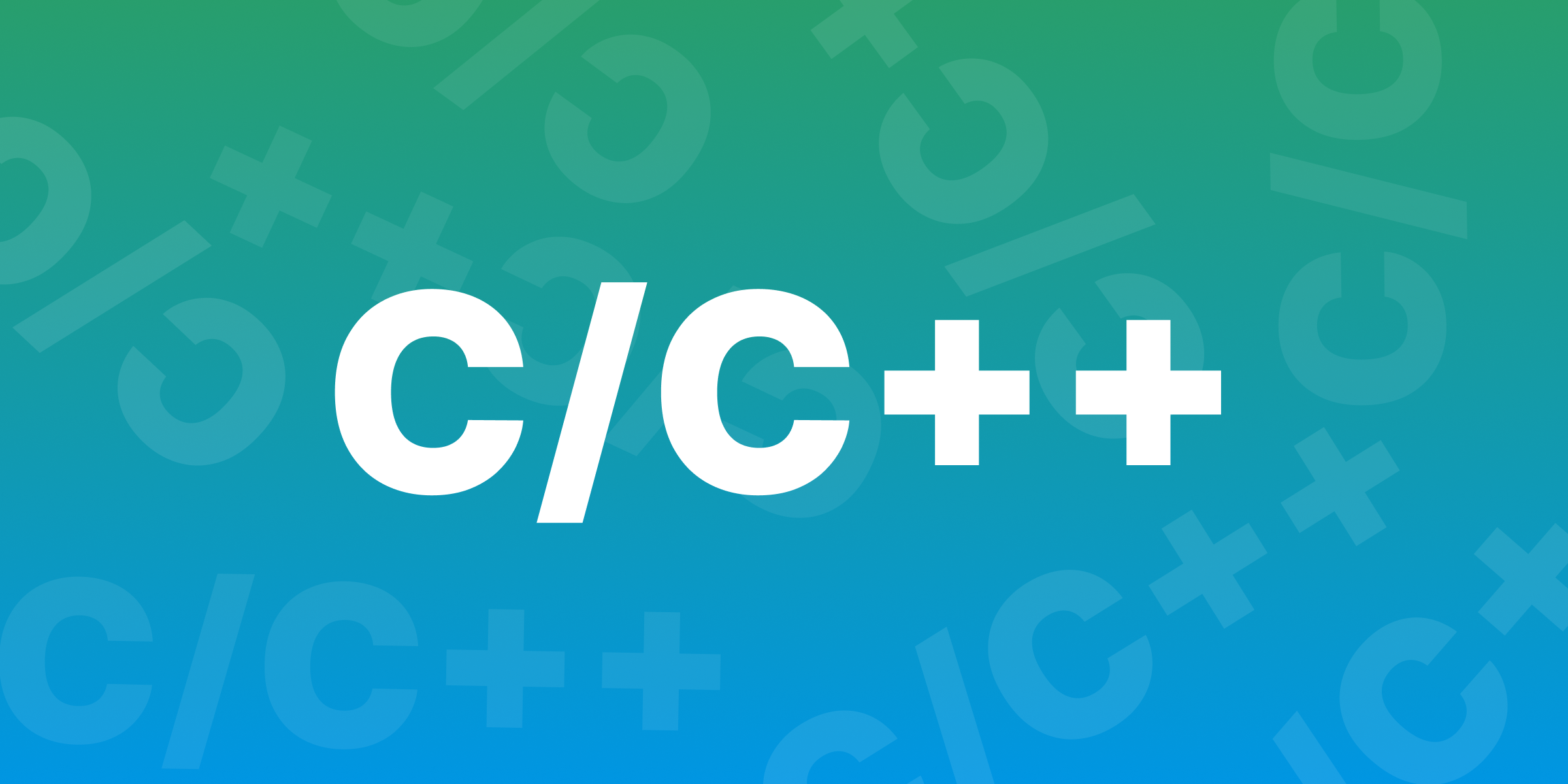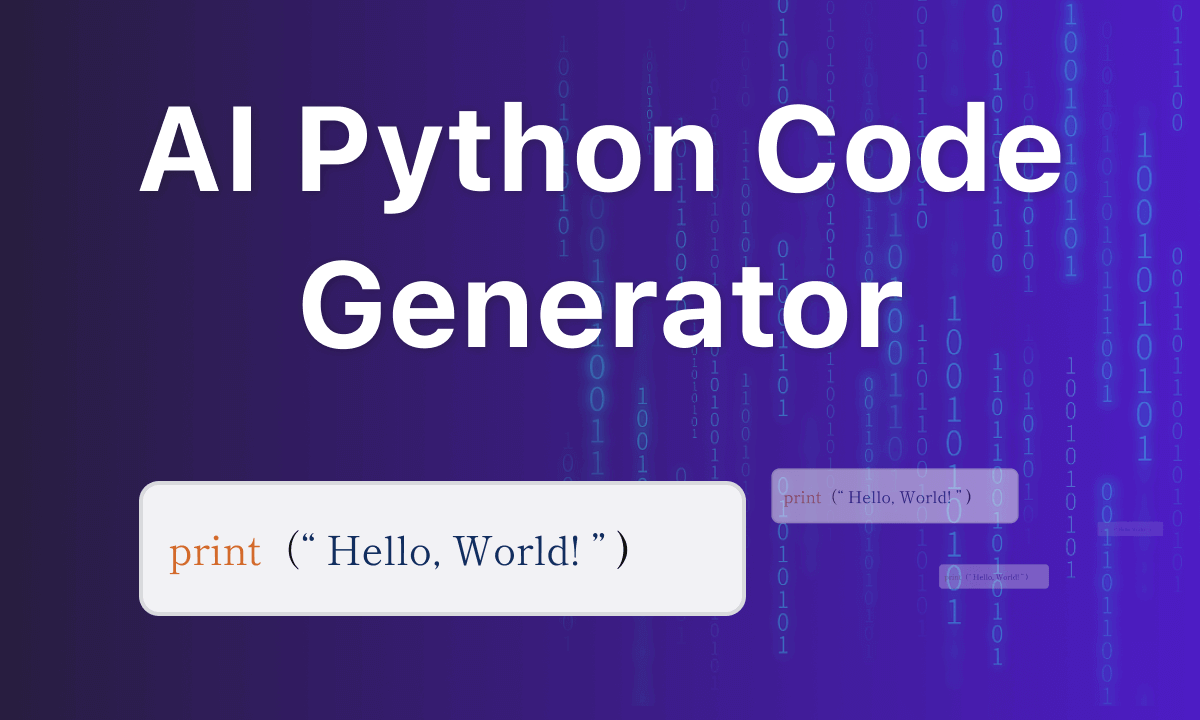Python Leave Program: While composing code in Python, you frequently need to stop or leave a program. Understanding how to utilize a Python Leave Program order accurately is fundamental, particularly if you need your content to close neatly without blunders. This guide investigates the most well-known strategies to leave a Python program and the situations where every method works best.
Whether you’re a novice simply learning Python or somebody who’s been coding for some time, knowing the correct method for exiting a Python program will make your coding interaction smoother and more proficient.
For what reason Do You Have to Leave a Python Program?

While coding in Python, you’ll have to stop or close a program, particularly when it reaches its end, or a mistake occurs. Figuring out how to leave a Python program appropriately is fundamental. It forestalls issues like freezing or not saving information.
There are a few justifications for leaving a Python program. You could have finished a job, experienced a mistake, or need to allow the client an opportunity to stop. Realizing the appropriate orders will assist you with exiting without a hitch.
Without the appropriate leave orders, your Python program could continue running behind the scenes, spending PC assets. That is why it is helpful to figure out how to stop it accurately.
The Simplest Method for utilizing the Exit () Capability
One of the least complex techniques to leave a Python program is the leave() capability. This inherent capability makes it simple to use, particularly for novices. At the point when Python arrives at leave(), the program stops right away, which is much of the time what we need.
For instance, you can compose leave() after the errand to stop the program after a particular undertaking. This will ensure the content doesn’t continue running, saving time and PC assets.
The leave() capability is best utilized for small scripts and speedy undertakings. Involving it without care could cause issues in larger projects, particularly while working with documents or external assets.
Utilizing sys. Exit () for Clean Program End
The sys. The leave() capability offers more control than Exit (). It permits you to leave a Python program and return a status code. The status code can assist different projects or the working framework in understanding why the Python program halted.
Utilizing sys. Exit () is a decent decision if your program communicates with different frameworks or, on the other hand, to oversee mistakes better. If everything goes fine, you return a status of 0. If there was a blunder, you can restore one more number to flag what turned out badly.
This capability is convenient for more significant projects where an essential exit likely won’t give you fundamental control. For instance, assuming that you want to close records or delivery assets before leaving, sys. Exit () is a savvy choice.
Contrasts Between exit(), sys.exit(), and os._exit()

Python has three principal ways of exiting a program: Exit () and sys. exit(), and os._exit(). Every strategy fills a marginally unique need, and realizing the distinctions can assist you with picking the right one for your venture.
Exit () is the simplest and most essential method for halting a Python program. It’s ideally suited for small scripts but should be utilized cautiously in more extensive applications.
Sys. leave(): This gives you more control by permitting you to return a status code. It’s ordinarily utilized when a Python program communicates with different frameworks.
Os._exit(): This is the most robust and prompt Exit. It quiets down the program without cleaning down, so it should be utilized carefully.
Normally, sys. Exit () will be your ideal choice for overseeing blunders and guaranteeing a perfect exit. Even so, seeing every one of the three orders will give you the adaptability to deal with various coding circumstances.
The most effective method to Stay away from Mistakes When Leaving a Python Program
Leaving a Python program accurately can help forestall unforeseen mistakes or information misfortune. One common misstep is shutting the program down before every undertaking is finished. To avoid this, test your code and ensure everything works flawlessly before the program exits.
While utilizing Exit () or sys.exit(), you ought to be careful about departing open documents or organization associations. Continuously make a point to close any assets before halting the program. This guarantees information is kept.
An attempt except block is another innovative method for avoiding blunders when leaving a Python program. You can deal with any mistakes that spring up and exit smoothly by getting exemptions. Along these lines, your program doesn’t crash out of the blue.
End
Leaving a Python program might appear straightforward, but knowing the correct way is vital. Whether you use Exit () or sys, every strategy fills a particular need: Exit () or os._exit(). Picking the right one depends upon the size of your program and what you want the program to do when it stops. You’ll know when and how to utilize each order with some training.
Continuously test your code and guarantee it exits neatly without opening any assets. By doing this, you’ll stay away from issues like blunders or information misfortune. Now that you comprehend the nuts and bolts, you can with certainty stop your Python programs at whatever point is required.
FAQs
Q: What is the simplest method for exiting a Python program?
A: The most straightforward way is to utilize the leave() capability. It stops the program rapidly.
Q: What’s the contrast between Exit () and sys? exit()?
A: sys. Exit () gives more control, allowing you to return a status code, while Exit () stops the program.
Q: When would it be advisable for me to utilize os._exit()?
A: You should use os._exit() only when you want a prompt exit without cleanup and use it cautiously.
Q: Can I leave a program in the code?
A: Indeed, you can utilize Exit () or sys. Exit () anytime; however, ensure it won’t cause issues.
Q: Why does my program pursue utilizing Exit ()?
A: A few pieces of code continue to run in the event that assets like documents or associations aren’t shutting as expected.
Q: Is there a method for exiting without making mistakes?
A: Utilizing attempts except blocks can assist you with making mistakes and exiting without a hitch.









